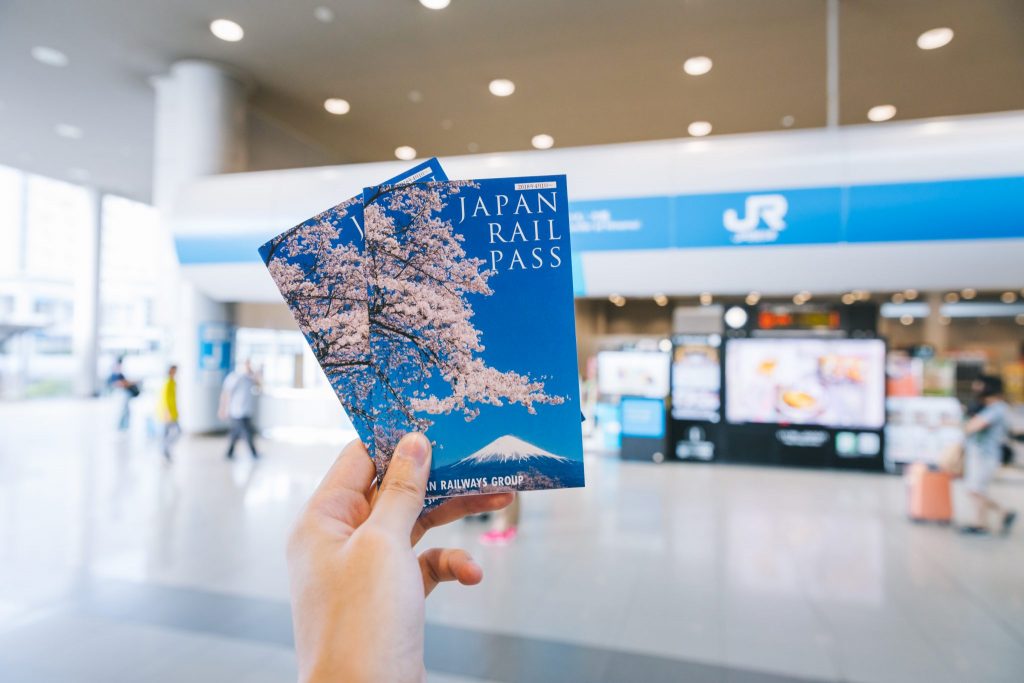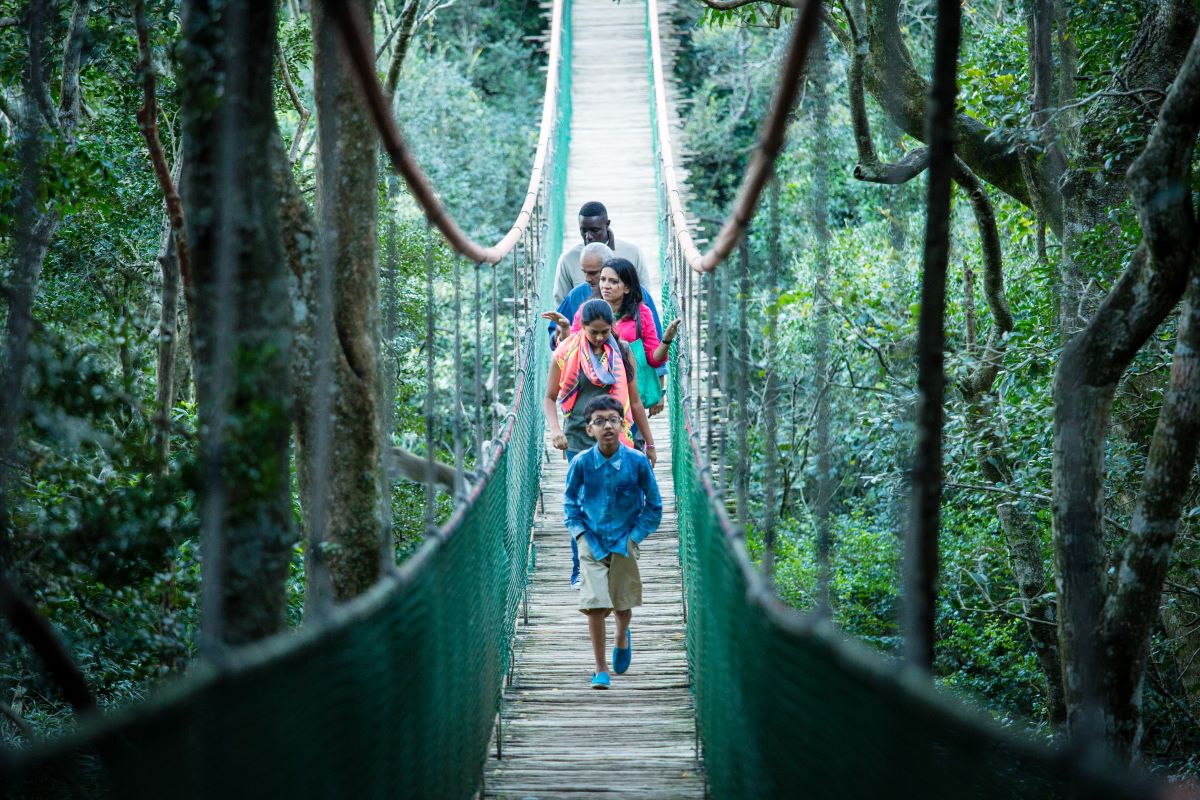Rail Is the Next Big Thing for Asia’s Online Travel Platforms

Skift Take
A race among online travel platforms in Asia to be the dominant one-stop shop for consumers to book rail is starting, thanks to a "rail-naissance" among travelers to explore another country or multi-destinations on tracks.
Klook has been bumping up its rail offering in the past year, enabling customers to buy point-to-point tickets and passes on its platform for trains in Japan, South Korea, Taiwan, China, and last week Europe through a tie-up with Rail Europe.
Bookings have been multiplying thrice each month since last May, when Klook launched a designated rail vertical page, Chief Revenue Officer Anita Ngai told Skift. The company even expects rail sales to be as big as its mainstay current tours and activities volume currently by the end of the year.
Ctrip’s international online travel agency Trip.com has also enabled bookings for trains in China, South Korea, Germany and the UK.
With sophisticated rail networks and trains at home, Asian consumers from huge markets such as China, South Korea, Japan, Hong Kong and Singapore have become used to mapping out train journeys.
What's more, gone are the days when train travel is seen as second class. Massive infrastructure investment in rail transport throughout Asia has chipped away at the dread of traveling by rail. Now it’s perceived as seamless, on-time, comfortable, cheaper and scenic.
Still a greenfield
But consumer travel sites selling rail are still few and far between in Asia.
It’s a greenfield anywhere, pointed out Udi Sharir, CEO and co-founder of Save A Train, a startup based in Tel Aviv and Amsterdam that sells train tickets to customers, travel agents and corporates, currently covering rail travel in Europe.
“None of the top online travel agencies serve rail,” he said. “There are hardly any startups in rail. Ask any travel professional, they will tell you, rail is the most complicated part of travel and that’s why only few got into it.”
Expedia bought London-based train-service distributor SilverRail in mid 2017, as Skift reported, but according to Sharir, SilverRail is “more of a software for rail operators and less in distribution.”
“SilverRail is making business software for railway operators,” said Sharir. “Then there are players like Rail Europe, which are going more to businesses than consumers. The big [consumer sites] are Trainline and us, and in the next four months we are going to surpass Trainline in inventory, as we are adding USA, Canada, Japan, China, and Russia to our system.”
However, SilverRail's global marketing director, Frederic Kalinke, said, “We are building the digital infrastructure for the global rail industry, and third party distribution [both corporate and leisure] is a key offering. We work predominantly in Europe and North America (e.g. Rome2Rio, Expedia and Rail Europe).”
It's complicated
Why is rail so complicated for online travel agencies? According to Klook’s Ngai, the backend and the interfaces are “very complex” to build and require massive investment. As well, marketing can be challenging.
“You need the local knowledge. For example, rail is second nature to people in Hong Kong, Singapore or Korea. But my Vietnam team told me you can’t just sell rail to Vietnamese, you need to teach them how to do so — look at maps, figure out the lines — because Vietnam does not have a built-out rail or subway system.
“In future, if I’m marketing to Americans, I might have to do a bit of education on rail passes, whereas in Europe there isn’t a need at all. So it’s about understanding local sensitivities and marketing directions.”
On the technical side, she gave the example of last seat availability. “There isn’t a sold-out situation if you sell theme park tickets; you can keep selling them as long as there is interest. But when you sell train tickets, the concept of last room or seat comes into play, a bit like flight or hotel. The importance of live inventory then surfaces — if you oversell, it’s not a good experience for the customer.
“So suddenly, your technical requirements go a whole level up and you need engineering resources. That’s why not a lot of players want to get into trains. There is a lot of pre-investment before you see even a dollar of income,” said Ngai.
She added: “That’s why we’ve more than doubled our engineering team to over 200 people since the last round of funding. Many are based in Shenzhen, where it is difficult to get talent because the likes of Tencent and a lot of startups are finding talent. It’s costly, but we see it as an investment, not cost.”
Klook’s rail partnership with RailEurope is part of its strategy to expand into Europe and USA, both destination-wise and market-wise. Asia accounts for 85 percent of Klook's overall bookings now, the rest being Australia/New Zealand, Middle East, and North America, which it intends to grow.
How rail can further change the way Asians book travel
While Expedia may look at its SilverRail acquisition as a way to cross-sell rail when consumers book flights or stays, Klook believes it is a sell in its own right and even changes the way Klook positions itself.
A study it commissioned last year covering 12 markets worldwide shows 63 percent of travelers book things-to-do before flight and hotel. Some 54 percent decide where to go based on a unique event, such as a concert, or a seasonal attraction such as during Japan’s cherry blossoms, not necessarily cheap flights or accommodations.
“It changes how we see ourselves. People are using us to discover, they might even book us first, instead of after they’ve booked their trip. It changes the way we market, write our content,” said Ngai, adding Klook has become the most-searched travel activities booking platform worldwide since October, according to Google Trends.
Rail, she believes, will enhance Klook’s position as the go-to for discovering where to go, as it is becoming a popular touring or travel option.
Said Ivan Breiter, director of Southeast Asia of Switzerland Tourism, “Rail travel in Switzerland has become enormously popular among Asians, especially for the growing Free Independent Traveler market.
“Almost two-thirds of all travelers in Southeast Asia prefer the train as transport within our country.”
He added, “Consequently, we are able to invest more marketing and PR in Asia. We promote the Swiss Travel System, by train, bus and boat, heavily in the region, with dedicated staff working in China, Southeast Asia and India.”




